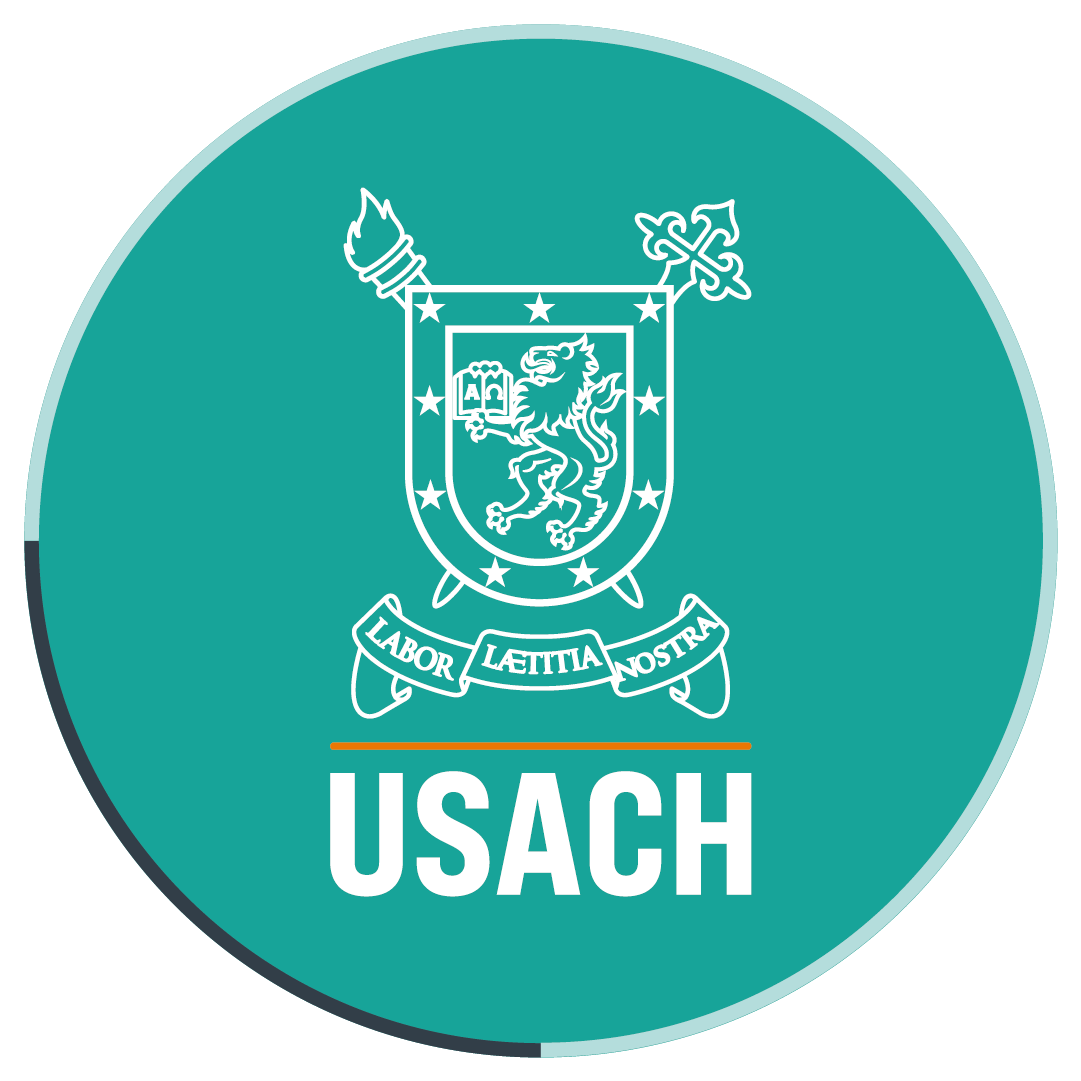The food potential of Acacia Saligna seeds is evaluated at Universidad de Santiago
- The flour substrate of the seed would serve as a basis for generating special foods for diabetic and celiac people
The Chilean food industry is constantly searching for the incorporation of new seeds, used for food production. The current market offers a variety of composite products based on quinoa, flaxseed and other seeds.
In this search for assessing the potential food in other seeds, Patricio Rojas, Forest Engineer and Master in Technology Management, with specialization in Biotechnology, of the Universidad de Santiago, investigated the food potential of Acacia Saligna seeds, as part of a thesis research project, in order to evaluate the possibility of using them in the elaboration of food products.
Acacia saligna is a species from Western Australia and corresponds to an exotic legume very drought tolerant. In Chile, you can find over 16 thousand hectares in the rural communities of the Coquimbo region (El Tangue, Cuz Cuz, Higuertitas) and used as a complementary food (forage) for goats.
This productive use is "marginal as a source of income for farmers and for the region. The species has a high tolerance to drought and is adapted to the area conditions, so its cultivation is sustainable,” Patricio Rojas points out in his research.
Benefits
In Chile, the Instituto Forestal (INFOR) and other agriculture institutions such as CONAF and INDAP which have fostered this type of farming among farmers, have added further that afforestation with Acacia Saligna has been an important factor to curb desertification and recover degraded soils of the Fourth Region.
Therefore, Patricio Rojas, motivated by the agro-food situation in other regions where this seed is grown, refers to Australia where "there are ten species of the genus, whose seeds are eaten since ancient times by indigenous communities and are currently processed as functional food in the form of flour and others (cakes, flavors, pasta, etc.) for a market niche called 'bush food' , he explains.
Ricardo Munoz, guiding teacher of the thesis, notes that the benefits of the seeds are visible. "Seeds are low glycemic and gluten-free, so they could be an important part of a mix basis for preparing products for diabetic and celiac people. This result is an innovation in the agro-food development," this specialist says.
Acacia Saligna in the Chilean industry
Despite the progress in development and innovation, the Chilean industry in this area "is not ready to process the seeds of Acacia Saligna as a feedstock. Considering that there is an estimated resource of 16 000 hectares with limited commercial use, tons of flour could be generated", Patricio Rojas says.
Besides, Rojas notes that "by incorporating seed production as an input to the processing industry of flour with beneficial properties for health, the current profitability of Acacia Saligna plantations in the Coquimbo region could be improved.
"You have to do research and product development to be validated on a pilot scale in order to make technological adjustments and test the consuming propensity that the market could have. The bakery industry which has the skills and the concern on the issue must invest and develop in order to validate what we're envisioning right now," Professor Ricardo Muñoz says.

